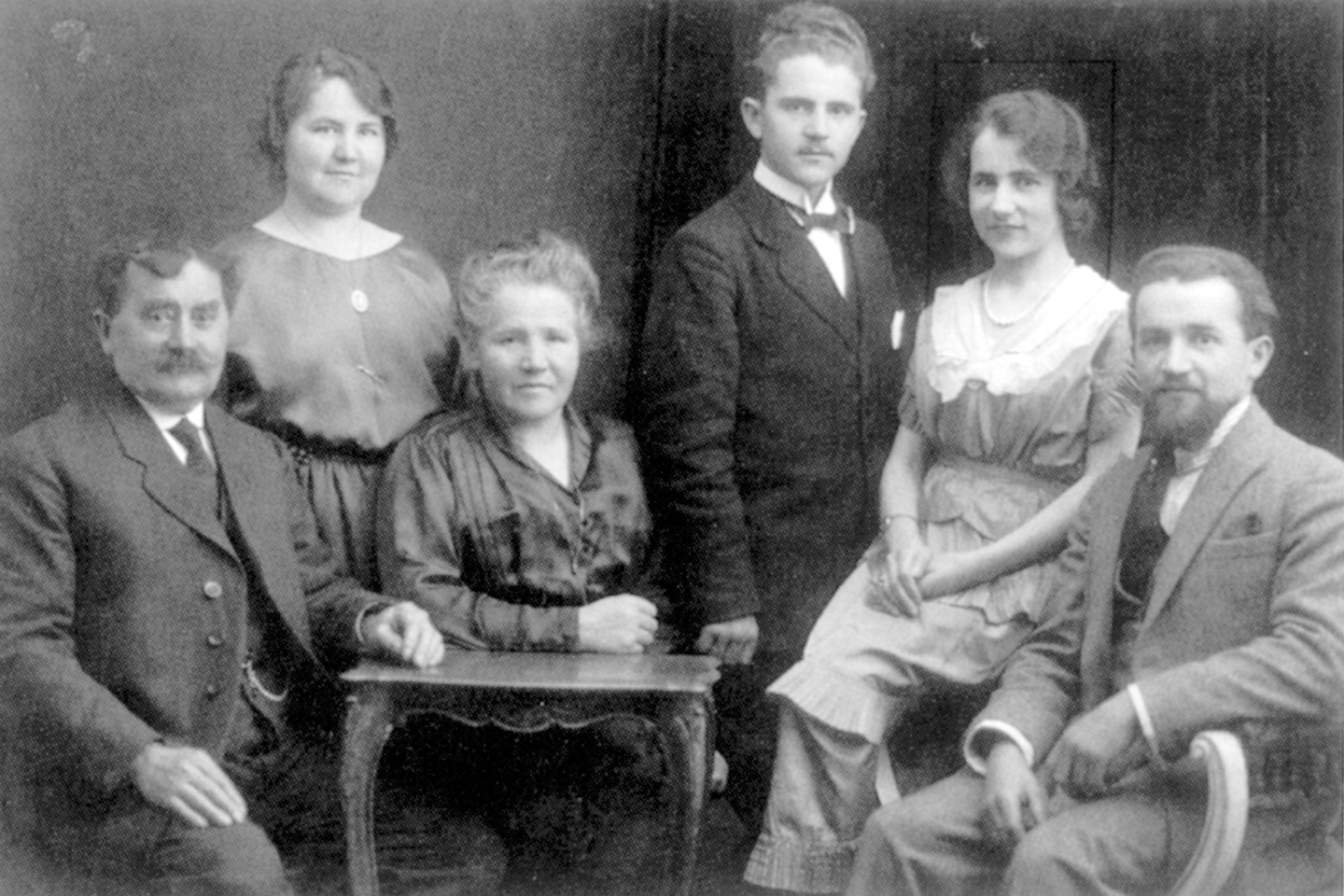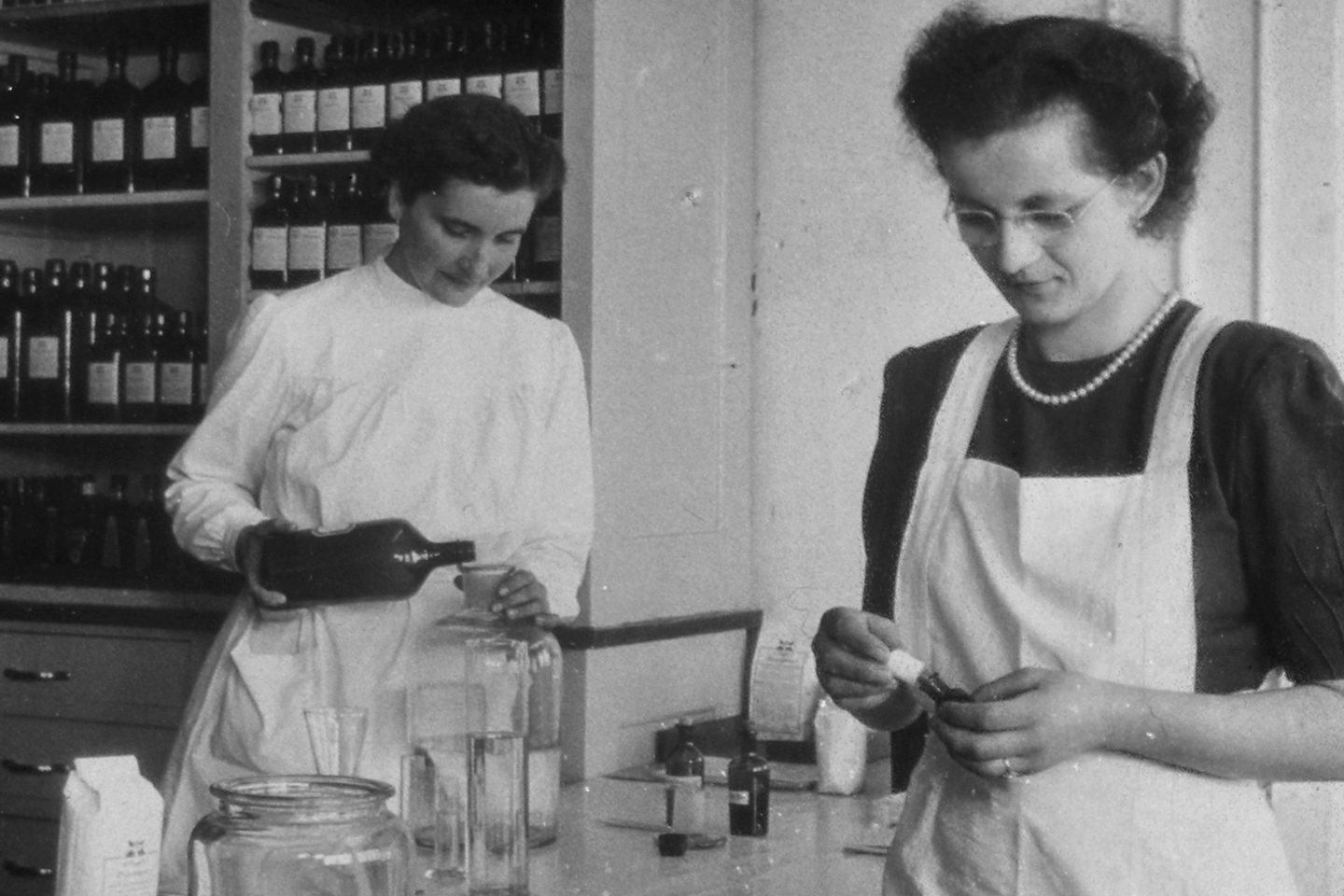100 years of A.Vogel - passion for fresh plants and scientificity
100 years ago, on 1 January 1923, the naturopathy pioneer Alfred Vogel opened his first health food store at Jurastrasse 1 in Basel. Today, A.Vogel AG in Roggwil, Thurgau, is one of the leading manufacturers of medicinal products from freshly harvested plants and distributes them in more than 20 countries. How a passion for nature and health became a globally active company - and how it is reorienting itself for the future.
The pharmacist or druggist routinely reaches into the shelves, when a customer asks for a product "from Vogel". The A.Vogel health brand with the distinctive green logo is present in many countries, not only in its home market of Switzerland, but also internationally. This would have pleased naturopathy pioneer Alfred Vogel (1902 - 1996), who opened his first health food store at Jurastrasse 1 in Basel 100 years ago, on 1 January 1923. At that time, he still handed his goods over the counter personally.
Alfred Vogel's vision of a naturally healthy life is carried into the world today by A.Vogel AG in Roggwil, Thurgau, as a leading manufacturer of medicinal products from freshly harvested plants with worldwide distribution. With 100 years of experience in the nature and health sector, the company aligns its strategy in 2023 focused on the future.
That makes A.Vogel also in future strong

A.Vogel today in Roggwil, Switzerland 2023.
Since the first A.Vogel product went over the counter in Basel, the world and people's behaviour have changed fundamentally. Today more than ever, A.Vogel products have to meet the highest standards - both in terms of efficacy and scientific studies as well as in terms of controlled organic cultivation of medicinal plants and all control steps in the production of medicinal products.
A.Vogel AG specifically relies on fresh plants and thus remains true to a fundamental principle of the company's founder: "If you take a plant fresh from the field and process it immediately, it loses none of its spectrum of active ingredients. We were also able to confirm this in our own analytical investigations and in vitro tests," explains CEO Dr. Andy Suter. "Overall, we strive to have the most potent herbal active ingredients possible, even if that means more effort in production."
With topics such as biodiversity and energy security, further new challenges have emerged. "We are investing a lot in biodiversity at the moment. We want to give something back to nature. In addition, we opened a photovoltaic plant across the entire front in 2022, which will enable us to cover about 30 per cent of our electricity needs. We are expanding this even further, also in order to be self-sufficient to a certain extent," says the CEO.
In its anniversary year, A.Vogel AG, the largest manufacturer of phytotherapeutics in Switzerland, will now also refresh its brand identity. The core values of the A.Vogel brand - curiosity, fresh plants, love for nature, health for humanity, scientificity and integrity - play a supporting role.
Pioneer of global thinking

Alfred Vogel exploring different countries and plants (here a Papayatree).
Company founder Alfred Vogel was a true health pioneer, convinced of organic quality in food and remedies from an early age, always on the lookout for profound knowledge and therefore travelling worldwide and always in contact with leading innovative researchers and entrepreneurs of his time. His global thinking is reflected today in the company's worldwide network of relationships with partners in over 25 countries, including the Netherlands, Benelux, France, Germany, Canada and the USA. "Together with the international partners, we continue to work on innovations. And we would also like to try out more in the field of food supplements in Switzerland," reveals CEO Dr. Andy Suter - of course on the basis of clinical studies.
A.Vogel: Experience, innovative spirit and thirst for knowledge
100 years of experience in promoting and preserving lively vitality are a great treasure. Alfred Vogel's life was dedicated to finding an answer to the question of how we should live, how we may live, in order to remain healthy for as long as possible. Much of what the naturopathic pioneer wrote about medicinal plants between the 1940s and 1970s has since been impressively confirmed by scientific studies.

Alfred Vogel next to a marygold (Calendula officinalis) field in Roggwil, Switzerland.
The company founder's enthusiasm for innovation and inquisitiveness with regard to medicinal plants is a legacy that inspires all employees and will continue to shape the course of A.Vogel AG for many more anniversary years to come.





